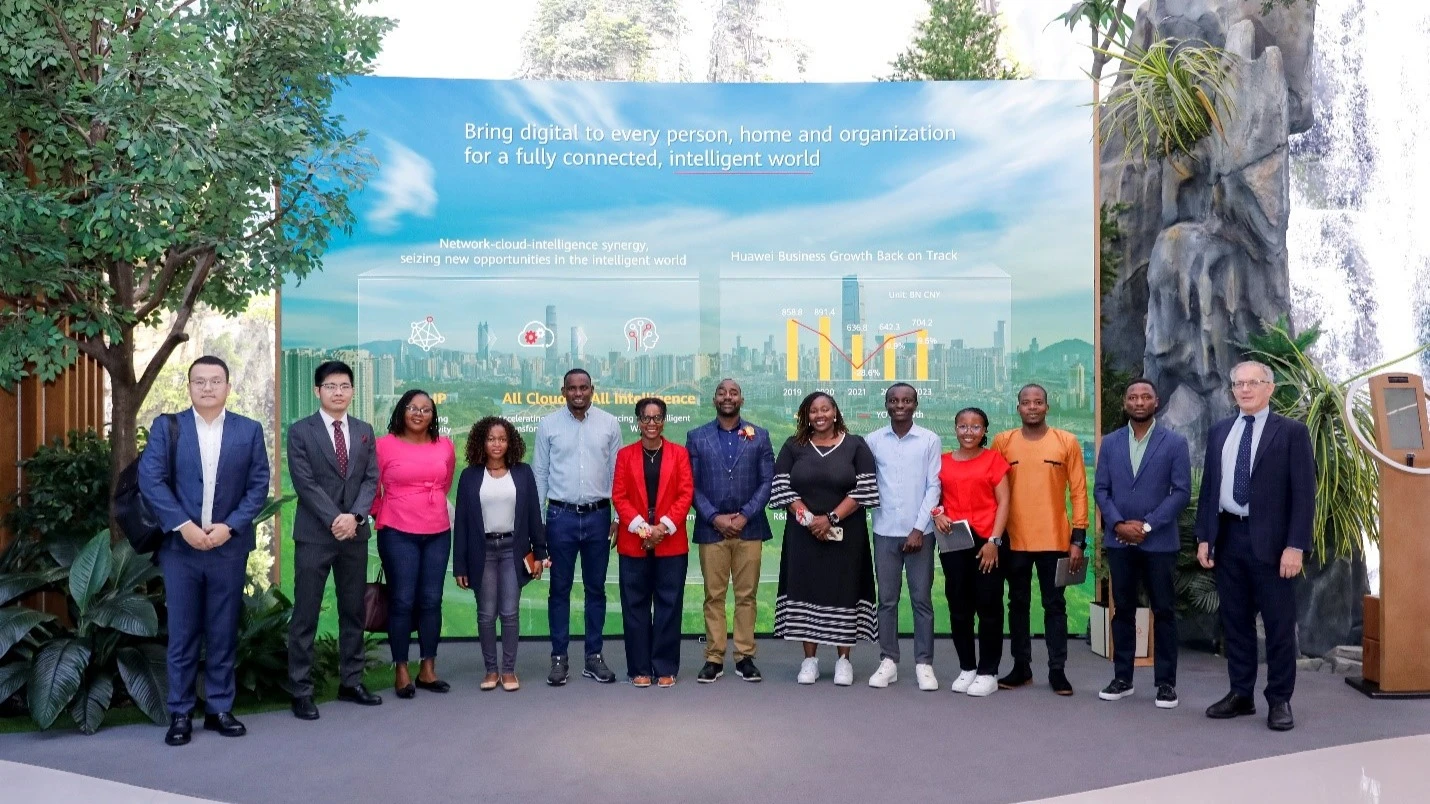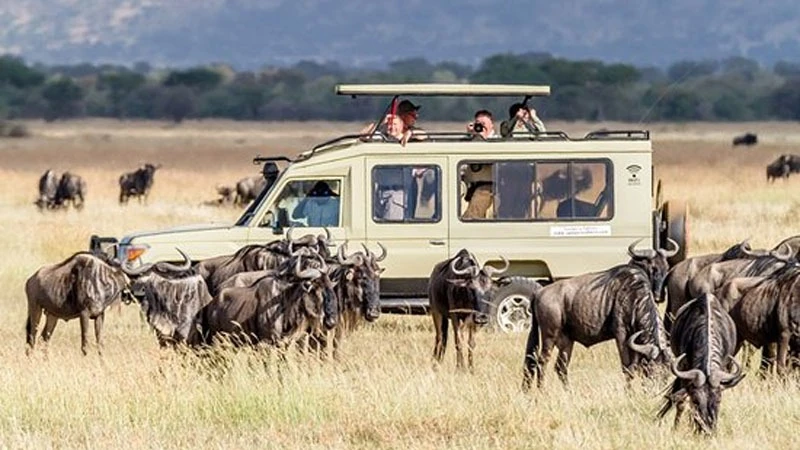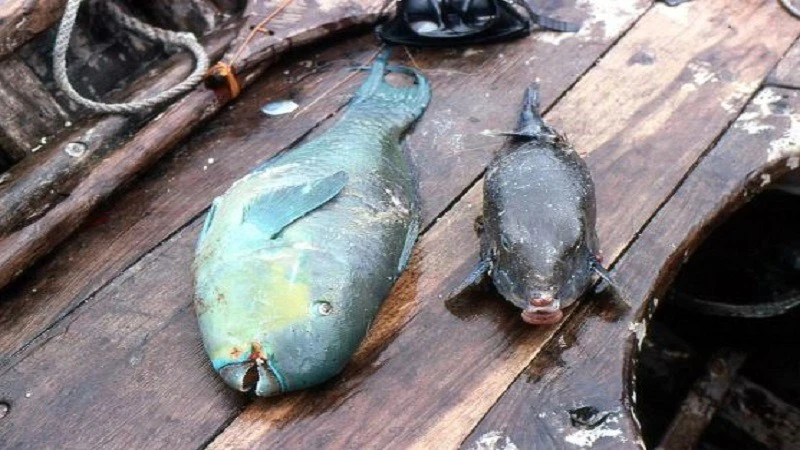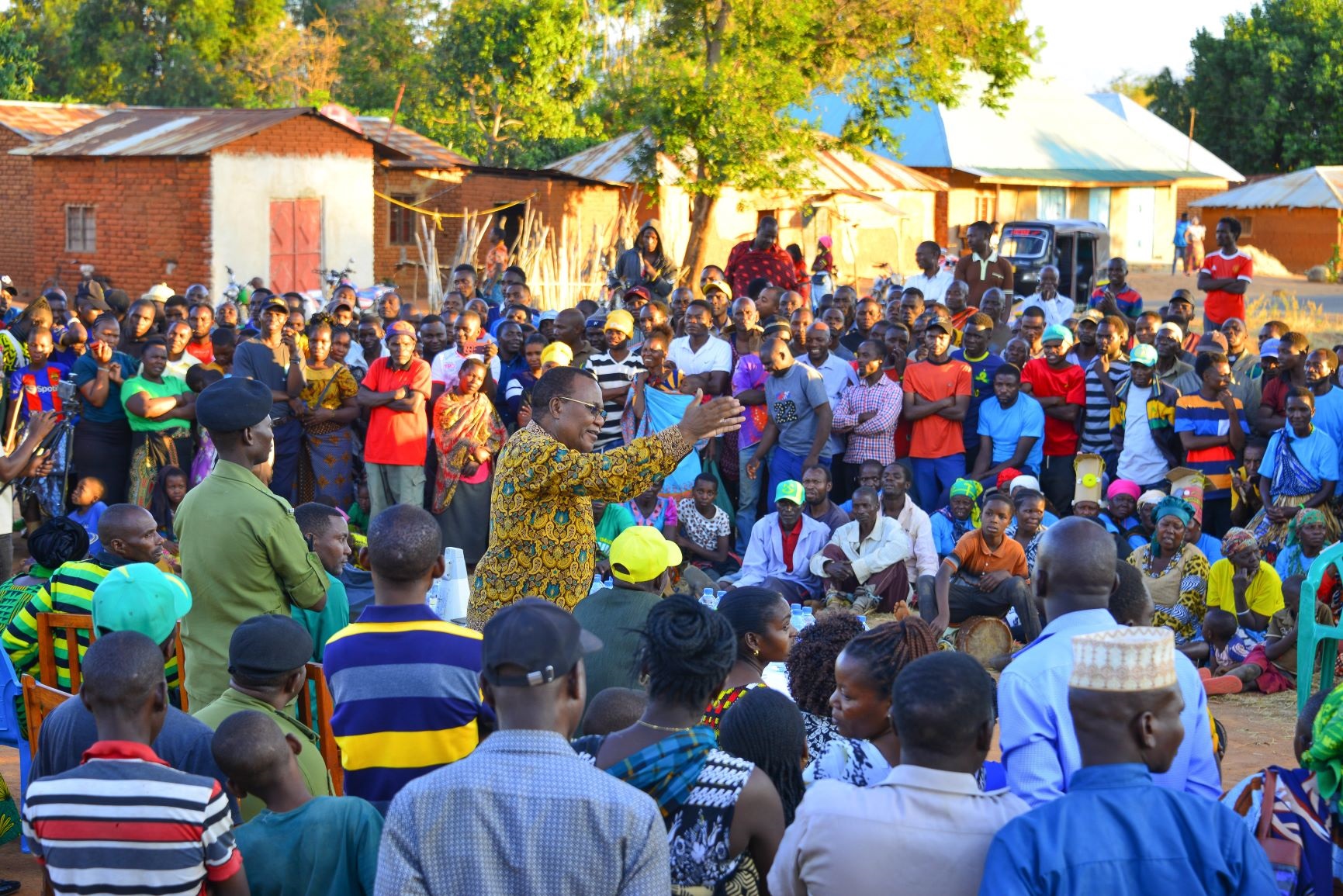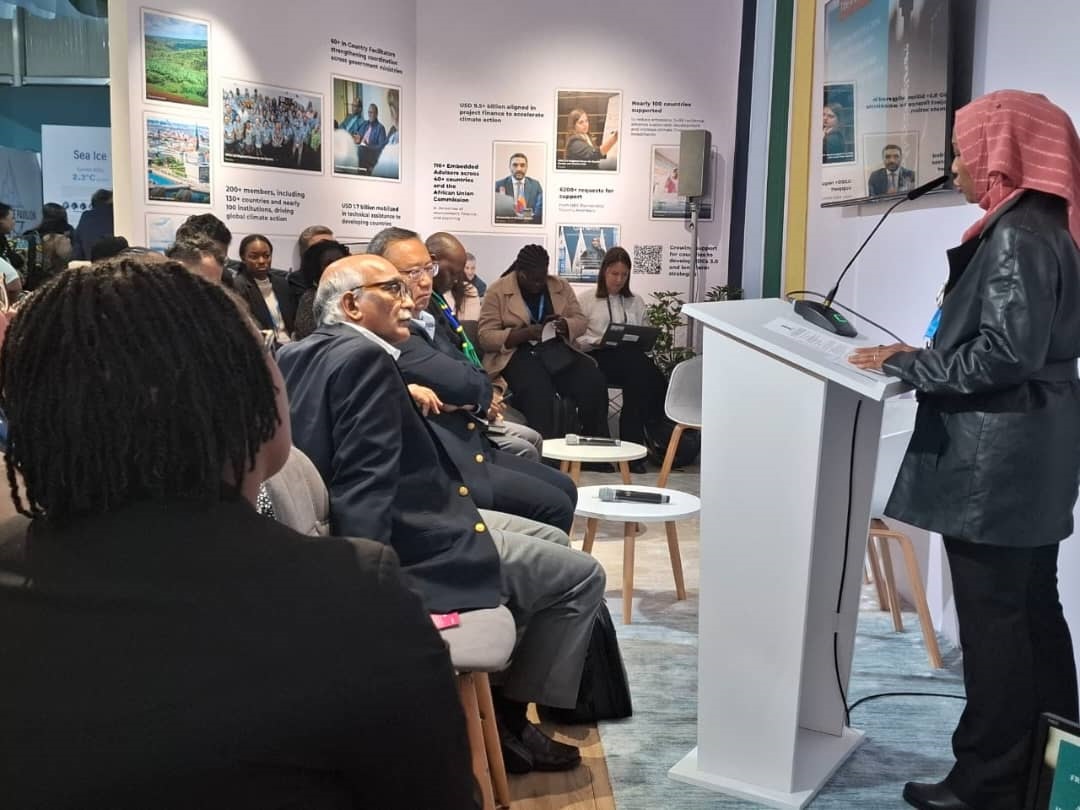Global biodiversity, wildlife species on the brink of critical distinction
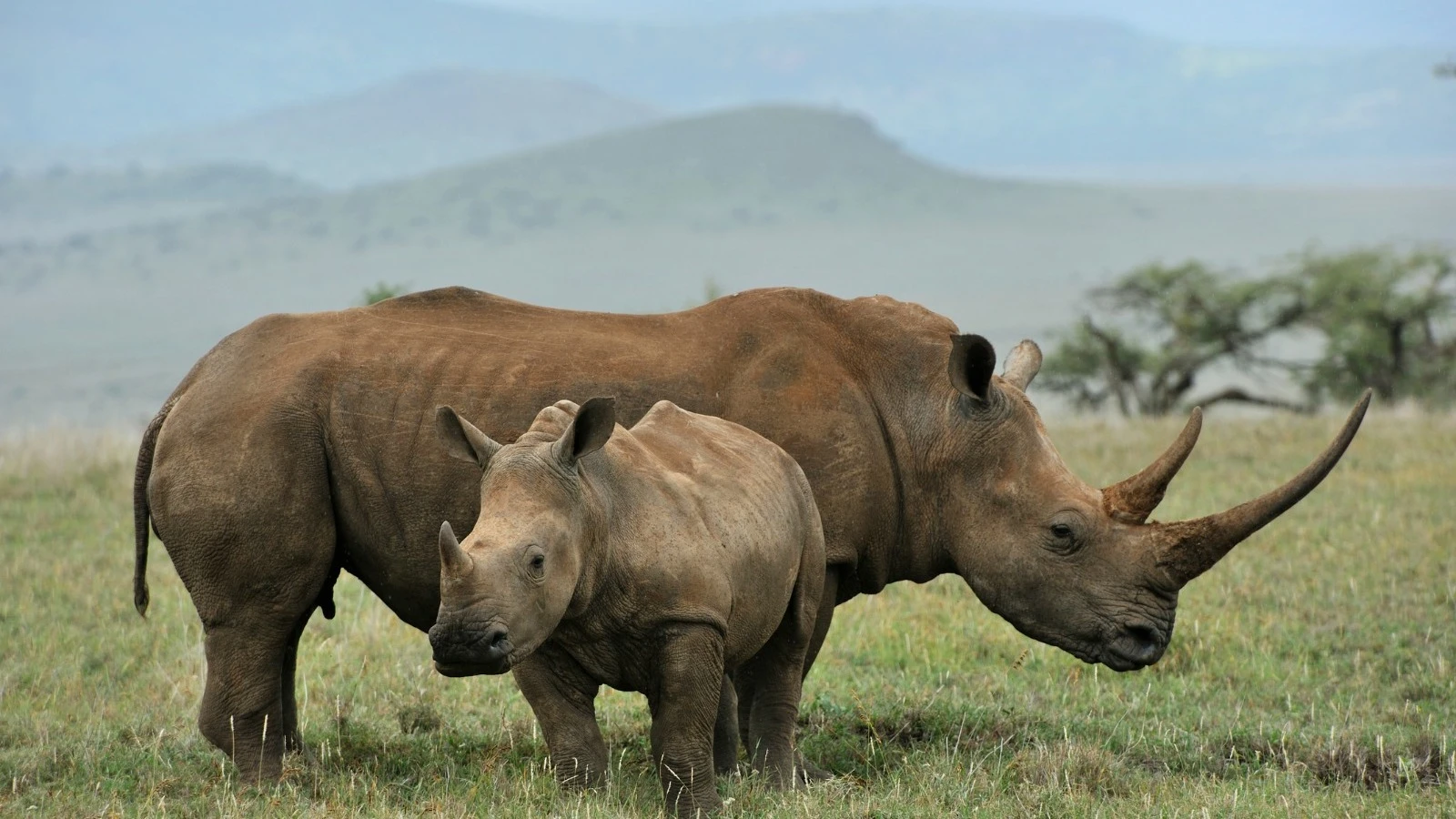
Global biodiversity has reached a point of no return against all sorts of nature destruction by humans.
WWF’s 2024 Living Planet Report (LPR 2024) reveals significant declines in the average size of populations of wildlife species in the world.
According to the report released last week, Africa has experienced a decline of 76 percent in the size of monitored vertebrate wildlife populations between 1970 and 2020, driven primarily by habitat loss, land-use change, overexploitation, pollution, and the impacts of climate change.
This alarming trend highlights the urgent need for transformative action to safeguard the natural ecosystems and the livelihoods that depend on them. The decline globally is at 73 percent.
Europe and Asia had 35 percent in the loss of wildlife species while Northern America saw 39 percent of distinction, Asia and Pacific saw 60 percent.
Vultures and central Africa forest elephants have declined to an estimated 81 percent in between 2004 and 2014.
Invasive species, climate change and diseases emerge as major challenges to wildlife population growth at a global scale.
However, 85 percent of species in freshwater have faced distinction during the period.
The biennial report published by WWF in collaboration with the Zoological Society of London (ZSL) warns that the continued degradation of natural ecosystems could push the planet earth past critical tipping points without immediate interventions.
As ecosystems cross these thresholds, their ability to support both wildlife and human livelihoods becomes compromised. Global tipping points pose a great threat to humanity and most species.
This causes direct damage to earth’s life support systems and destabilizes societies everywhere with severe consequences on food security, water availability, and climate resilience.
Dr Amani Ngusaru, WWF Tanzania Country Director, said: "LPR 2024 gives early warning signs that several global tipping points are fast approaching based on monitoring and scientific evidence such as mass die-off of coral reefs that could destroy fisheries and storm protection for coastal communities.
“Global biodiversity is calling for urgent action. The interlinked crises of nature loss and climate change are pushing wildlife and ecosystems to their limits, with global tipping points threatening to destabilize the entire world's ecosystems,” said Dr Ngusaro.
According to him, the catastrophic consequences of losing some of the most precious species, forest elephants, and black rhinos to gorillas and ecosystems in many parts of Africa are quite real and would reverberate across the world.
“We must realize that conservation by itself is not enough to bend the curve, and we need a systems shift. We have the tools, the knowledge, and the opportunity to reverse these trends if we act now,” he said.
He asserted that it is critical for nations to scale up nature-based solutions across Africa to address the interconnected biodiversity loss and climate change crisis.
He said reforestation, wetland restoration, and agroforestry projects not only help to preserve biodiversity but also enhance livelihoods by providing jobs, improving food security, and increasing resilience to climate change.
“We must not disregard the complex interrelationship that exists within ecosystems and the delicate balance between the biosphere and the atmosphere that have enabled humanity to thrive on the planet,” said Dr. Ngusaru.
On his part, Dr Lawrence Mbwambo, WWF Tanzania Conservation Director said as much as the numbers of the black rhino and the Africa elephants are reported to have increased in the past few years Africa is yet to get to the point where it should be confident and comfortable that wildlife has been restored.
The continent is still losing forests which are important habitats for wildlife and people, the quality and quantity of its waters in the rivers is deteriorating and its marine resources are definitely affected.
He said it is time to up Africa's actions, consume sustainably and bring its combined efforts on board if it wants to maintain a balance and achieve the 2030 GBF and SDG targets.
According to him, the international biodiversity and climate summits taking place this year – COP16 and COP29 – are an opportunity for Tanzania to rise to the scale of the challenge.
"WWF calls for countries to produce and implement more ambitious national nature and climate plans (NBSAPs and NDCs) that include measures to reduce global overconsumption, halt and reverse domestic and imported biodiversity loss, and cut emissions – all equitably,” said Dr Mbwambo.
He said WWF urges governments to unlock greater public and private funding to allow action at scale and to better align their climate, nature and sustainable development policies and actions.
Tanzania has already committed to halting and reversing nature loss under the Global Biodiversity Framework (GBF) and tackling climate change through the Paris Agreement.
Yet, the LPR warns that national biodiversity strategies and action plans (NBSAPs) are falling short, with critical tipping points like the degradation of coral reefs and rainforests still looming.
Under the Paris Agreement countries must present new climate plans (Nationally Determined Contributions - NDCs) in 2025, providing a blueprint for how they will contribute to limiting warming to 1.5oC.
These plans should include roadmaps for equitably phasing out fossil fuels and transforming food systems. At COP29 in Baku, Azerbaijan in November, WWF hopes to see the agreement of a new, ambitious climate finance goal to meet the mitigation, and adaptation needs of developing countries.
He said that Tanzania needs to pay attention to habitat loss and deforestation, overexploitation of natural resources, pollution alongside its industrialization drive and eradication of invasive species in national parks and other wildlife protected areas and address human-wildlife conflicts, secure wildlife corridors and eliminate poaching.
It needs to scale up nature based solutions and sustainable infrastructure development. Address interconnected biodiversity loss, protect and restore wetlands and fresh water catchments.
A tipping point has been realized as habitats are being degraded, climate change, changes in land use and overharvesting.
The report warns that continued degradation of natural ecosystems could push the planet earth past the critical tipping points if immediate interventions are not taken.
Policy interventions to stop nature loss are a key area that is needed on the way forward.
According to the report, the early warnings of the tipping point include six major thematic areas, namely a mass die-off of global coral reefs which is likely to directly impact the fisheries industry.
Deforestation of the Amazon rainforest which is a key global intervention to carbon emission into the atmosphere is the second tipping point.
There is large-scale thawing in the Antarctica and Arctic rising threats to methane gas and carbon dioxide emissions in the atmosphere.
The melting of the ice sheet in Greenland and in the western Atlantic has reached a tipping point which will unleash levels of the sea.
Collapse of the subpolar gyre- the cooling system of North America and Europe is most likely to cause rising fears in the near future glaciation and on the other hand tropical countries will face extreme heat.
The LPR 2024 is further calling for nature distress with alarming data on the global decline of nature and biodiversity in all its forms.
This is an early warning indicator of extinction of species by tracking the size of wildlife population trends involving over 35,000 species at a global scale.
This is a comprehensive study showing the trend of biodiversity and global nature health. This is the fifteenth edition of the report since 1970.
Top Headlines
© 2024 IPPMEDIA.COM. ALL RIGHTS RESERVED


